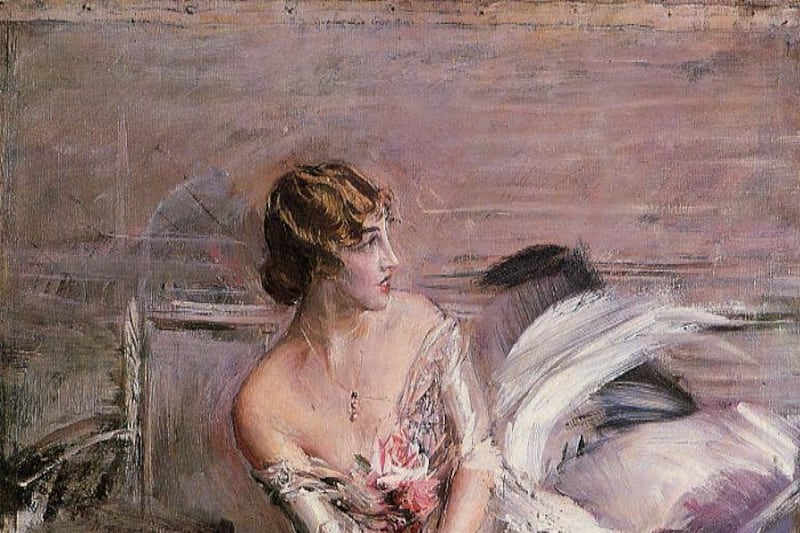One of the conversations, held in the aftermath of the Harvey Weinstein scandal, and the subsequent outings of the #MeToo movement, has centred around the question of whether we can separate the maker from what has been made. Should we continue to watch Weinstein’s films? Or Roman Polanski’s?
But what about the art itself? What if the content of the film or artwork is provocative or disturbing? What if its content may cause offence, or worse, the preoccupation of our time: outrage?
New York’s Metropolitan Museum of Art this week found itself at the centre of a controversy, as a petition calling for the removal or recontextualisation of a painting by the Polish-French artist, Balthus, has been signed (at time of writing) by 10,364 supporters.
Mia Merrell, who works with a Manhattan financial firm, established her protest at the end of November, after a visit to the Met.
“When I went to the Metropolitan Museum of Art this past weekend, I was shocked to see a painting that depicts a young girl in a sexually suggestive pose,” writes Merrell on thepetitionsite.com.
“It is disturbing that the Met would proudly display such an image. They are a renowned institution and one of the largest, most respected art museums in the United States. The artist of this painting, Balthus, had a noted infatuation with pubescent girls, and it can be strongly argued that this painting romanticizes the sexualization of a child.”
‘Current climate’
The painting, Thérèse Dreaming (1938), is typical of Balthus's work. Painted in an ultra-realistic style, the young girl, aged approximately 12 or 13, has her arms thrown above her head, which is turned away from the viewer. One knee is raised, exposing a pair of childish white knickers under her red skirt.
“Given the current climate around sexual assault and allegations that become more public each day, in showcasing this work for the masses without providing any type of clarification, The Met is, perhaps unintentionally, supporting voyeurism and the objectification of children,” continues Merrell.
Despite some headlines to the contrary, Merrell, and the thousands who have endorsed her petition, isn’t calling for the removal or destruction of the painting. Instead, she wants them to “be more conscientious in how they contextualise those pieces to the masses. This can be accomplished by either removing the piece from that particular gallery, or providing more context in the painting’s description. For example, a line as brief as, ‘some viewers find this piece offensive or disturbing, given Balthus’ artistic infatuation with young girls’.”
The Balthus paintings are historic objects and need to be seen as such
While this might seem like a simple compromise, it runs counter to Balthus’s wishes about how is work should be shown. Throughout his life (he died in 2001), he was determined that his art should be seen, rather than mediated through language.
In 1968 when the Tate Gallery was preparing a retrospective of his work, he sent a telegraph stating: “NO BIOGRAPHICAL DETAILS. BEGIN: BALTHUS IS A PAINTER OF WHOM NOTHING IS KNOWN. NOW LET US LOOK AT THE PICTURES. REGARDS. B”
Historic objects
Art galleries and museums try, as far as is possible, to show works in accordance with the known wishes of the artist. So what should the Met do?
Seán Kissane is curator of exhibitions at the Irish Museum of Modern Art. “I’m interested in the context in which an art work was made and the intent of the artist,” he says.
“The Balthus paintings are historic objects and need to be seen as such, and it is the role of the museum to contextualise and interpret these works for the contemporary viewer. The artist himself denied that his paintings were about sexuality and most critics are divided on the subject.
“This is not a simple case of ‘white-male abuse of power’ as it has been portrayed by the petitioners but instead becomes a troubling conversation about the censorship of cultural artefacts.”
We should not hide the reality of adolescent sexuality, but we should discuss and debate our attitude to it
Patrick Murphy, director of the Royal Hibernian Academy, says the debate raises the important role of art in society. “The fact alone that a work from 1938 can evoke such a range of responses demands that it remain on exhibition,” he says.
“Also 80 years ago the concept of adolescence was not a pervasive social construct, women in their mid-teens were getting married. We should not hide the reality of adolescent sexuality, but we should discuss and debate our attitude to it.”
These ideas are in line with the Met’s statement in response to the issue: “Moments such as this provide an opportunity for conversation, and visual art is one of the most significant means we have for reflecting on both the past and the present.”
Gallery information panels and texts can exert a powerful influence on how we view a work. Do we really need to be told that something could cause offence or disturb? Do we need to be protected from our own potential feelings?
It seems, increasingly, we do.



















